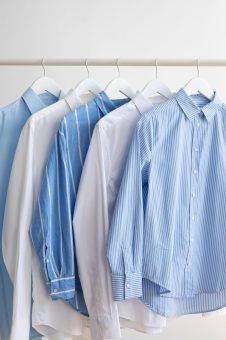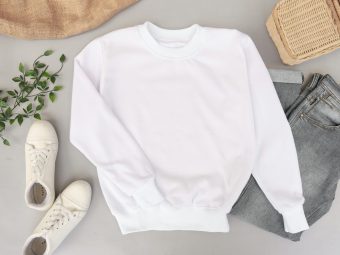
Various epithets are attributed to today’s time, such as the modern or digital age, but there is another one that describes it more closely – the age of speed. We can interpret this in a number of ways. We have means of transport that cover distances in a short time, while news used to be out of date if it was from yesterday and today they age in just a few minutes. My grandmother says that in her time, you kept your job at all costs, even until retirement, while today’s young people often change it after a few years or months. Remember the furniture in our grandparents’ apartments that was most likely brought in when they moved in and has remained there until today? We change our place of residence, the people who surround us, our habits… Some say it’s a matter of poorer quality, others say we’ve been given more choices. It has been often said that we’ve spoiled ourselves and don’t know how to appreciate what we have. All three aforementioned reasons, and perhaps justifications for our behaviours, can also be used when talking about the textile industry, that is, our shoes and clothes.
Today, we have the opportunity to buy almost everything from our home, at a click of a mouse button. There are advantages to this kind of shopping, but photoshopped photos and incorrect information also lead to bad choices. How many times has it happened to you that you ordered a piece of clothing which, when it arrived, was of poor quality, the wrong size, or maybe you got something else entirely that you didn’t ask for? The European Environmental Agency (EEA) stated that in Europe, on average, around 20 per cent of clothing purchased online is returned. One out of five pieces of clothing sold online is returned precisely for some of the reasons mentioned. Also, as much as 70 per cent of the total returns are because clothes do not look the way the customer imagined it in real life. This habit is supported by the fact that sellers provide the opportunity for customers to return the goods within a certain period, to build trust when shopping for the first time. However, the term I would use here instead of „trust“ is „lure in“.
Data show that between 260,000 and 590,000 tonnes of textiles are destroyed annually in Europe even before they are used. The rapid change in fashion and accumulation of unsold or damaged goods has contributed to this trend. Returned goods require additional time and resources to be re-sold – from packaging and sorting to shipping and alterations if the product is damaged and more, which is why it is often more efficient for sellers to destroy them
During their destruction, various emissions are released. Expressing them in CO2-related numbers would look like this – between 0.5 and 9.5 kilogrammes of CO2 are released per kilogramme of fibre that is destroyed. To that we should add emissions that were created in vain during the production of goods that were not used – from dyeing to transportation.

To reduce this negative trend, the European Union decided to introduce a direct ban on the destruction of textiles and footwear, with certain exceptions for small, micro- and medium– enterprises.
Some of the ways to increase sales and reduce returns, especially when it comes to online shopping, have also been presented. The first one is providing a detailed and accurate description of the product, along with advice on choosing the right size. Some studies have shown that merchandise returns dropped by 10 per cent as a result of sizing advice being provided. Second, awareness should be raised about the negative economic and environmental impacts if customers decide to return clothes. Third, don’t enable free returns, which will make customers choose more carefully.
Looking back twenty years ago, my parents had a very responsible attitude towards the clothes I wore. There was an established circle during which I wore hand-me-down clothes from my older sister and after I outgrew them, they would go to the next family members, that is my younger sisters. None of our parents likely thought about the possible negative impact on the environment, but rather it was a matter of financial issues and damage if a quality piece of clothing ends up in the trash. But that’s okay too because if we were guided by good life habits for some other reasons, today there would be no need for the issue of preserving the planet to top the list of problems that we have to solve.
Katarina Vuinac



